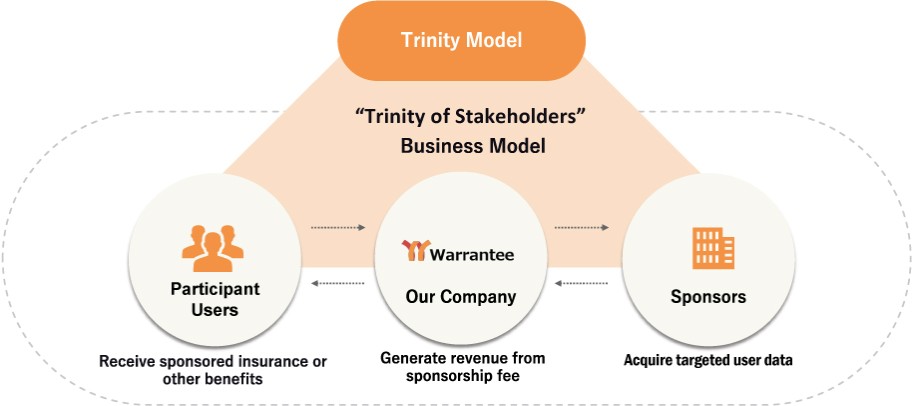We face intense competition in the field of marketing, advertising, and market research services, which is likely to intensify further as existing competitors devote additional resources to, and new participants enter, the market. If we cannot compete successfully, we may be unable to increase our revenue or sustain profitability.
We face significant competition from providers of advertising, marketing, and market research services, including market data analysis service providers such as online sentiment and survey companies, product analytics companies, marketing analytics companies, point solution vendors offering usability research tools, research services firms, and panel aggregators, many of whom have significantly more resources than we do. Competition is based on, among other things, rates, availability of markets, quality of products and services provided and their effectiveness, audience coverage, and other factors. The development of new devices and technologies, as well as higher consumer engagement with other forms of digital media, such as online and mobile social networking, are increasing the number of media choices and formats available to audiences, resulting in audience fragmentation and increased competition. Our current and potential competitors may develop and market new technologies, products, or services that render our existing or future services less competitive, or obsolete.
Most of our competitors have longer operating histories, larger customer bases, greater brand recognition and market penetration, higher margins on their products and services, substantially greater financial, technological, and research and development resources and selling and marketing capabilities. As a result, they may be able to respond more quickly to changes in customer requirements, devote greater resources to the development, promotion and sale of their products and services than we do, or sell their products and services at prices designed to win significant levels of market share. We may not be able to compete effectively against these organizations. In addition, for cost-saving or other reasons, our customers, which are often large consumer goods manufacturers, may decide to conduct directed marketing or market data research in-house. Increased competition and cost-saving initiatives on the part of corporate sponsors are likely to result in pricing pressures, which could harm our sales, profitability, or ability to gain market share.
We had a limited number of customers accounting for a substantial portion of our revenue in fiscal years ended March 31, 2022, 2021, and 2020, respectively. We have not generated revenue from any customer on a recurring basis, and our efforts in expanding our customer base, increasing average contract value, and generating recurring revenue may not be successful, which makes us vulnerable to a near-term severe financial loss.
We have derived a substantial portion of our revenue from a limited number of customers. For the years ended March 31, 2021 and 2020, more than 80% of the consolidated revenue was derived from two and three customers, respectively. In the fiscal year ended March 31, 2022, we received revenue from one corporate sponsor, Paygene Co., Ltd. (“Paygene”), a sales agency for medical devices. In May 2022, we acquired three new corporate sponsors, Beauken Co., Ltd. ("Beauken”), Connect Plus Co., Ltd. ("Connect Plus”), and Y’s Inc. We completed the marketing campaigns for Beauken and Connect Plus in May 2023 and are currently conducting a marketing campaign for Y’s Inc. There are inherent risks whenever a large percentage of total revenue is concentrated with a limited number of customers. We have not yet established a recurring customer base that provides us with an ongoing sustainable source of revenue sufficient to cover our operating expenses, which makes us vulnerable to the risk of a near-term severe financial impact if we are unable to secure new revenue generating customer contracts. We will need to develop new campaigns and engage new customers to maintain or increase our service revenue, and there is no assurance that we can do so at a cost-effective manner. In addition, our customers have been concentrated in certain market sectors, such as durables, non-prescription medical treatments and devices, and supplements. If our customers or prospective customers reduce marketing their expenditure because they experience declining or delayed revenue due to market, economic, or competitive conditions, or for other reasons, we could be pressured to reduce the prices we charge for our services or we may not be able to efficiently expand our customer base, which could have an adverse effect on our profit margins and financial position, and could negatively affect our revenue and results of operations and/or trading price of the ADSs.
As our sponsored marketing or market research services have been primarily provided on a campaign basis, revenue from our customers has fluctuated based on the number of the campaigns we may be engaged to conduct for corporate sponsors and the average contract value, which represents the average sponsorship amount from campaigns, during a reporting period, which may be affected by our corporate sponsors’ needs, market conditions, or other factors, some of which may be outside of our control. Our bargaining leverage is often limited with our large manufacturer customers, and we may not be able to obtain the pricing and other terms favorable to us when entering into service contracts with them.
